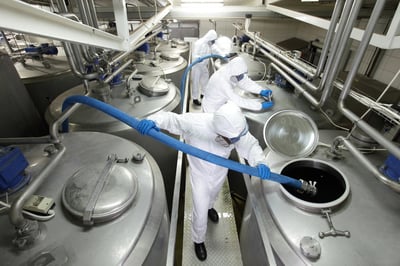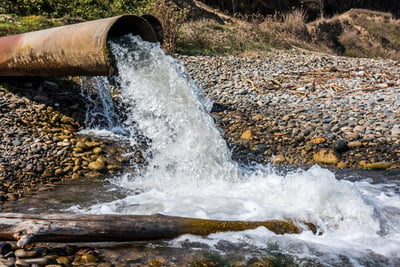If you’re starting fresh designing an EHS program for your facility, or just ready to hit the reset button, the following eBook is an essential read.
Nearly every aspect of our daily lives is touched by the metals industry in some form or another. As such, the metals industry faces high levels of scrutiny, both from regulators and from the general public. Conservation of natural resources, operating efficiencies, reducing environmental impacts, and keeping workers safe in an age of automation are all major issues facing the metals industry. The nearly ubiquitous use of metals keeps their industry—and these issues—at the forefront of people’s minds.
Whether companies are mining natural resources to create new metals products, recycling old metal products into new ones, or somewhere in between, they are all affected by major Environmental, Health and Safety (EHS) legislation and often have regulatory obligations in nearly every category. As significant users of resources and an industry known to have higher accident rates than other industries, they are also under high pressure from investors and communities to continuously improve EHS performance.
BBJ Group air quality professionals provide a full range of air-quality consulting services to both major and minor sources in a variety of industries. We assist with all aspects of air quality compliance, including application development, emission inventory preparation, and air dispersion modeling. Our team is well versed in local regulations as well as federal standards such as NSPS and NESHAPS. We work with clients to develop lasting air quality solutions from initial permit applications through long-term compliance assistance.

BBJ Group EHS compliance services are designed to reduce clients’ exposure to liability, including regulatory violations and fines. The EHS auditing, planning, and training process demonstrate a commitment to responsible corporate management, thereby enhancing relationships with communities, investors, and regulatory agencies.
/shutterstock_191033495.jpg?width=400&name=shutterstock_191033495.jpg)
A Client subleasing a bus terminal property received a state-issued notice of violation (NOV). To discharge the NOV, BBJ Group prepared a Storm Water Pollution Prevention Plan (SWPPP) and site-specific stormwater monitoring program in agreement with state guidance documents and regulations. Facility managers were trained to implement the program, showing them how to perform monitoring tests, document findings, report results, and keep records of all actions.
Facilities in any stage of development—design, commissioning, operation, decommissioning or demolition—may be subject to Occupational Safety and Health Administration (OSHA) regulation. BBJ Group can conduct an industrial hygiene survey at your facility to proactively assess the exposure of your workforce and evaluate OSHA compliance status.

ISO stands for the International Organization for Standardization. It is an independent non-governmental organization that develops and publishes International Standards that provide a framework to ensure that material, products, processes, and services are fit for their purposes.
State agencies often have jurisdiction supplementing federal authority for cleanup of contaminated groundwater, surface water soil, and other media. To meet state and local requirements, BBJ Group professionals have investigated and restored more than 1,000 contaminated sites in North America.
The Federal Water Pollution Control Act of 1948 was the first major U.S. law to address water pollution. Increased public awareness and concern led to sweeping amendments in 1972, and the amended law is commonly known as the Clean Water Act (CWA). These amendments gave the U.S. EPA the authority to regulate discharges of pollutants to waters of the United States.

Conceptual Site Models (CSM) have become an integral tool to keep corrective response actions and due diligence focused on the issues and methods that count. This eBook covers how to use CSM as a tool for managing Superfund (CERCLA) and RCRA corrective action as well as in site investigations related to contaminated site transfer.
140 South Dearborn Street, Suite 1520, Chicago, IL 60603
800-875-1756